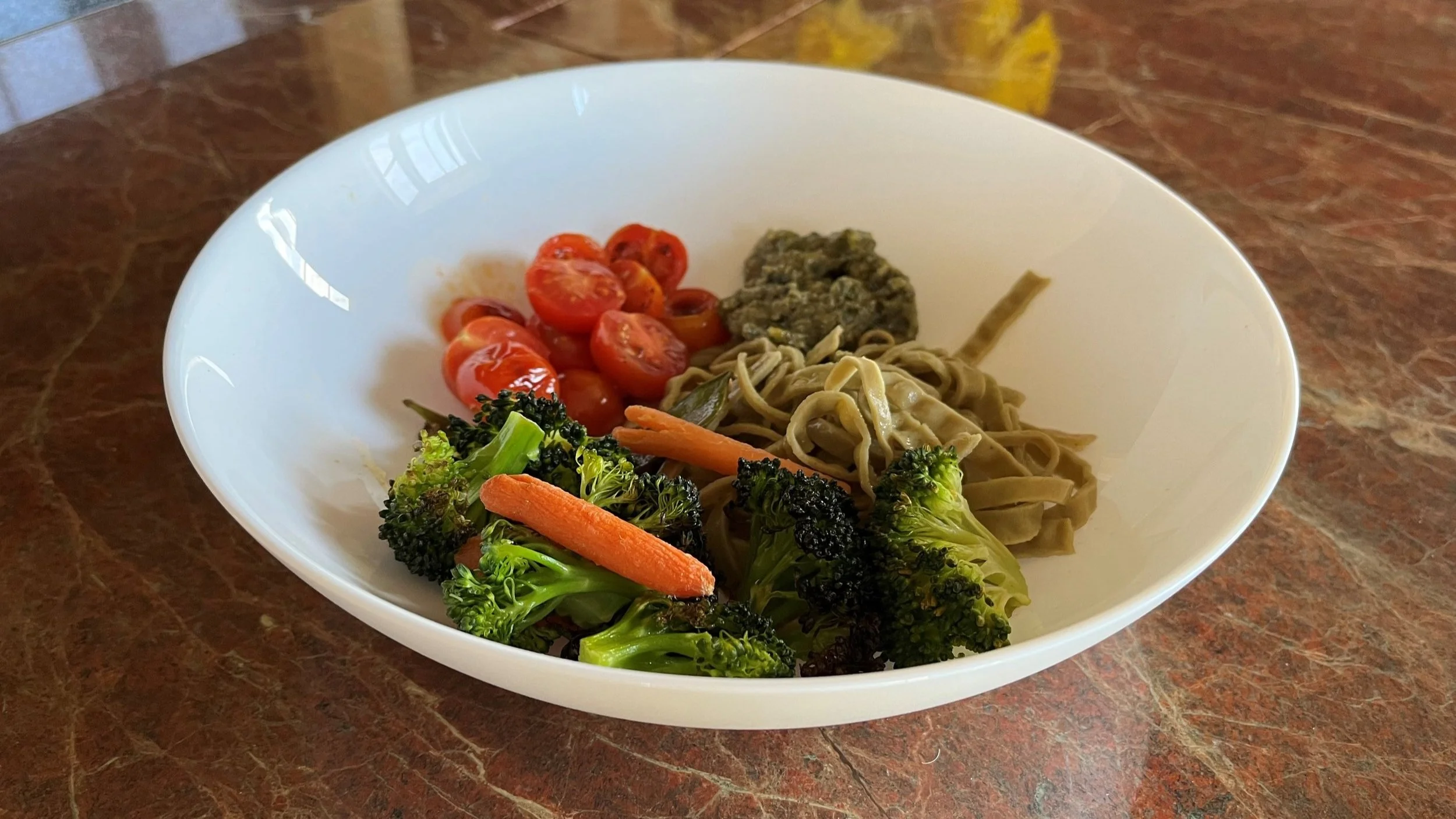I recently gave a presentation on The Protein Needs of Older Adults, and got several questions about protein powders. Here is what the research says, and some of it may surprise you.
Protein Powders: The Basics
Once a popular food supplement for muscle building, protein powders have become an additive for many on-the-go Americans as part of a morning smoothie. There are at least a dozen sources of protein powders but popular ones include:
Whey protein (the byproduct of manufacturing of cheese or casein)
Collagen peptides (very small pieces of protein made from cartilage, bone, and skin of animals)
Pea protein (an extract from split peas)
The amount of protein per scoop can vary from about 10 to 30 grams of protein.
Protein Powders are Unregulated Supplements
Because protein powders are a supplement, they are not regulated by the FDA. This means that the ingredients listed on the label don’t have to match what is in the bottle. Protein powders may also contain artificial flavoring, thickeners, and added sugars—as many as 23 grams per serving! That can turn a seemingly healthy drink into a 1200 calorie meal.
Protein Powders May Contain Heavy Metals
In 2018, the Clean Label Project, a non-profit group, analyzed 134 protein powders and found that many contained heavy metals (1). These included lead, arsenic, cadmium, mercury, and high levels of BPA which is used to make plastic. Buying “organic” products didn’t reduce the risk of contamination, and plant-based protein powders fared worse than their animal-based counterparts.
Plant-based proteins may have higher contamination levels because the plants are especially prone to absorbing heavy metals from soil. — Sean Callan, PhD, Director of Operations and Quality, Ellipse Analytics
A Healthier Option: Try Food!
Instead of a manufactured protein powder, consider adding flaxseed, chia seeds, or hemp seeds to salads and cereals, or add ground flaxseed to a protein drink. Give peas a chance—3/4 of a cup have as much protein as an egg. Try edamame pasta—a serving has 23 grams of protein and 13 grams of fiber. Here is a version of edamame pasta I make with lightly sauteed veggies and some low-fat pesto. Heat and top with a sprinkle of cheese and roasted pumpkin seeds:


